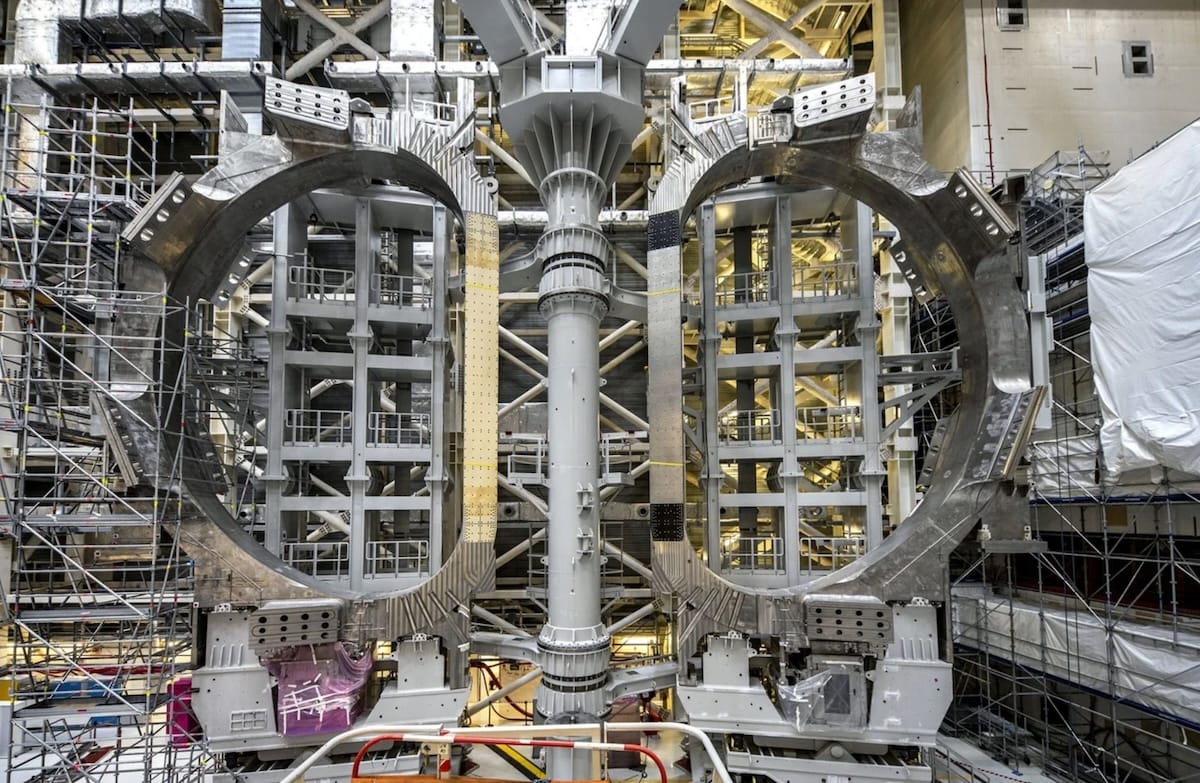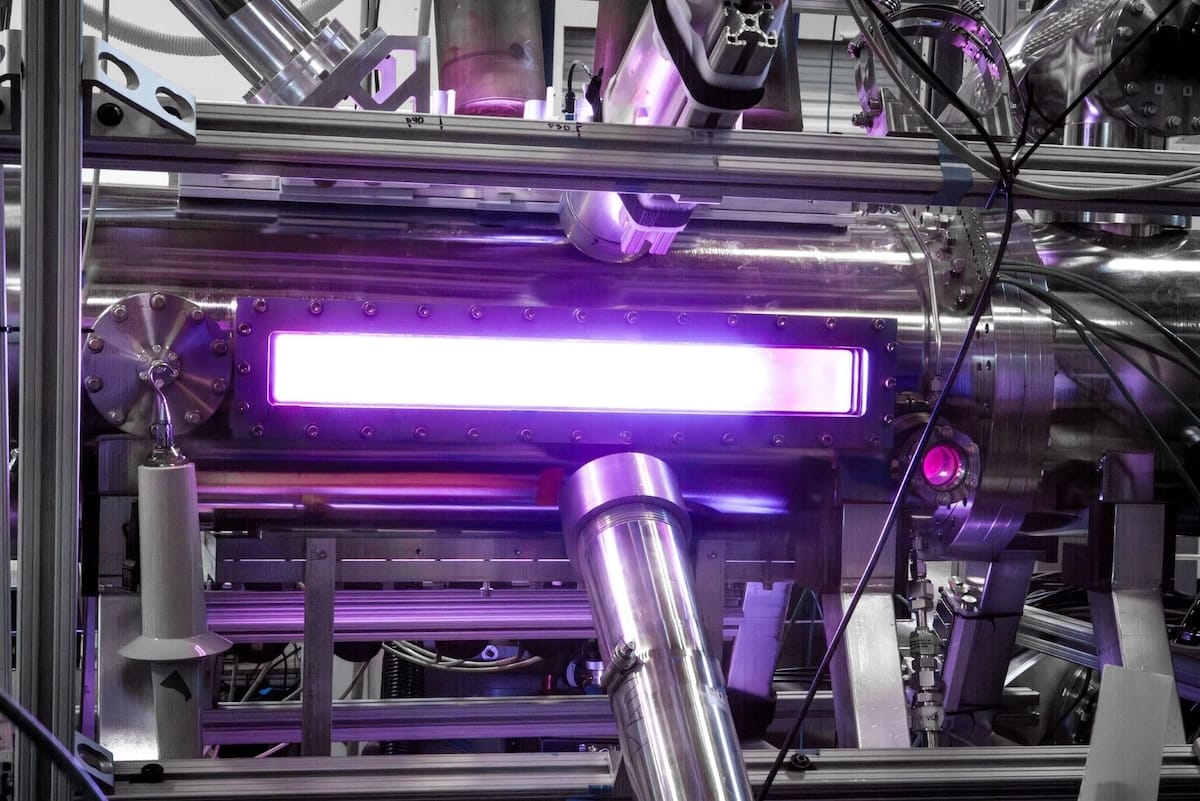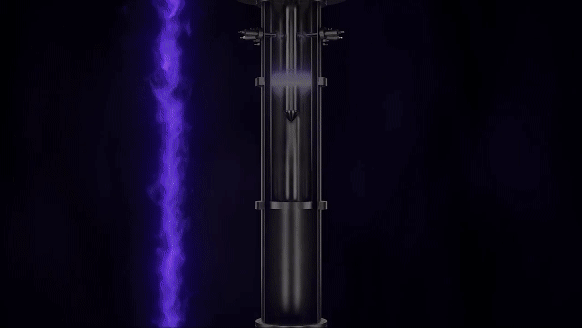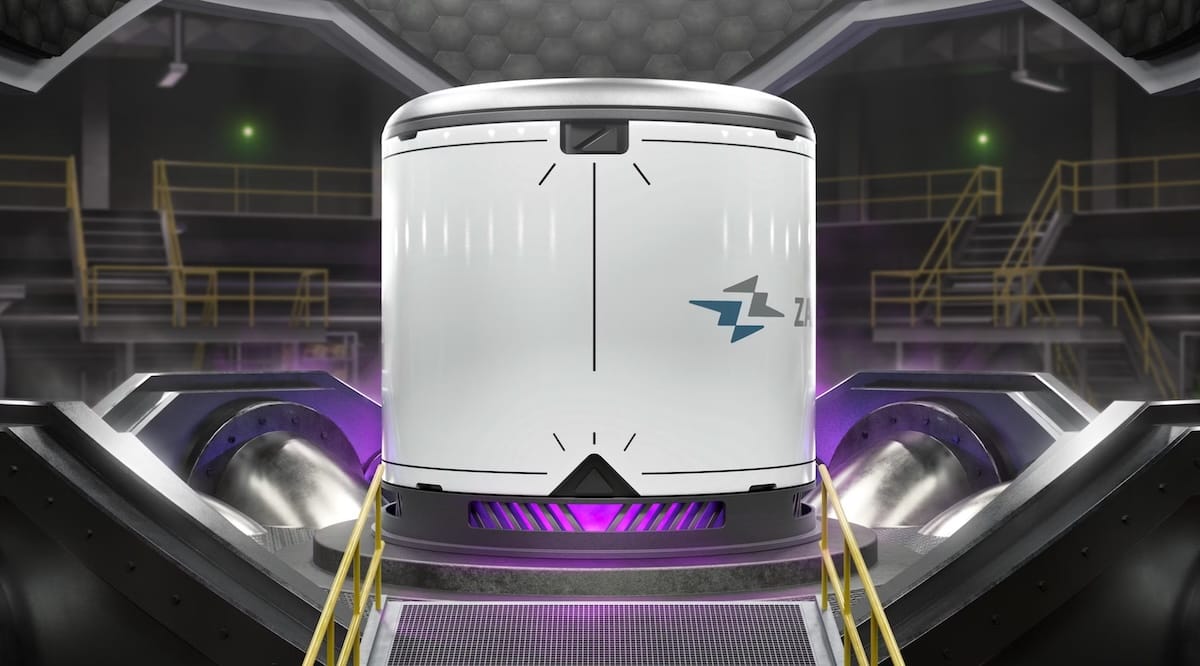
We have good reason to be optimistic about a bright, near future with cheap, limitless clean energy.
This is because there are so many solid, well-funded nuclear fusion companies, pursuing many different approaches to nuclear fusion.
Private industry or the U.S. government isn’t placing a bet on just one approach, like the European-led International Thermonuclear Experimental Reactor (ITER).
As I write, ITER is being constructed in the south of France.

ITER is a massive 23,000 metric ton tokamak fusion reactor that requires absolutely huge, complex magnets to contain what will hopefully be a net energy producing fusion reaction.
I remember when the project was announced almost 20 years ago. Its original budget of 5 billion Euro for 10 years of development, with plans to have ITER operational by 2016, was a massive budget at that time.
There’s just one major problem…
It’s nowhere near being finished.
2016 came and went. Eight years later, those that run ITER are either unwilling or unable to provide a commissioning date. Things are that bad.
Oh, and the project’s costs have ballooned to 20 billion Euro, already 4X the original plan.
And I can all but guarantee that the final number will be billions more.
Thankfully, ITER is not the basis for our optimism today.
As we’ve been reading in Outer Limits, private industry hasn’t bothered waiting for ITER to get operational to see if the technology works.
The industry has been racing to build not just expensive science experiments, but prototypes that have a clear path towards commercialization. And at a fraction of the cost.
These herculean efforts span several different technological approaches to nuclear fusion. Each one has its own pros and cons.
The result is that these exciting private companies are now years ahead of ITER.
So much so, we’re less than a year away from seeing the first net energy producing prototype fusion reactor that has the potential to be commercialized at scale.
The reason for this is that private industry has been providing more than 95% of the funding for private nuclear fusion technology companies — those that have been exploring various different approaches to commercializing this clean energy technology.
Whether it’s a small reactor version of a tokamak, using magnetic confinement for the plasma (Commonwealth Fusion Systems)…
Or a field reversed configuration (FRC) utilized by TAE Technologies and Helion Energy…
Inertial confinement fusion, which uses hundreds of pulsed lasers targeting a fuel pellet, like General Atomics does…
Or magnetized target fusion, which uses lower plasma densities and pistons to compress and heat the plasma (General Fusion)…
They all have the potential for commercialization.
In fact, I believe that all of these approaches will be able to demonstrate net energy producing fusion reactions in the coming years.
This means that the most widely adopted approach and successful fusion companies will come down to which reactors demonstrate the best economics.
And in the last month, we now have another promising company and approach to add to the list.
Zap Energy and its Z-pinch fusion reactor have now entered the mix.
Like many of the other nuclear fusion companies, Zap Energy is a spin out from a university. In 2017, it spun out of the University of Washington (state) and is based in the Seattle area.
Initially, it was largely funded by small grants from the U.S. Department of Energy for years, until its first major financing round in 2021. It pulled in capital from Lowercarbon Capital and Chevron’s corporate venture capital arm.
The big money, however, came in 2022. Zap raised about $162 million from Bill Gates, Breakthrough Energy, DCVC, Energy Impact Partners, Lowercase Capital, Lowercarbon Capital, and some others.
I’d been following the company for years as a promising approach to nuclear fusion, but it was that round that that made the potential of Zap’s Z-pinch reactor very real. It was enough capital to bring the technology to life.
And that’s just what happened last week.
Zap Energy just published the results from on its Fusion Z-pinch Experiment (FuZE), which was performed in conjunction with researchers at the Lawrence Livermore National Laboratory and the University of California San Diego.
The fusion experiment shown below produced plasma electron temperatures of between 1-3 keV (kilo electron volt), which is equivalent to temperatures between 11-37 million degrees Celsius.

This is exciting because these temperatures are hotter than the core of the sun, and thus capable of sustaining nuclear fusion reactions and producing clean energy as a byproduct.
The actual fusion chamber is only about 2-feet long, making the Zap Energy reactor the smallest fusion reactor to achieve temperatures above 30 million degrees Celsius.
The Z-pinch approach is quite interesting for nuclear fusion…
As we explored in Outer Limits — A Stellar Breakthrough in Nuclear Fusion, designing and configuring magnets to contain the hot plasma of a nuclear fusion reaction is just one complex and costly problem to solve for. (That’s not to mention the magnets must contain a stable nuclear fusion reaction for long periods of time before it can power an electrical grid.)
Z-pinch doesn’t require any magnets to confine a plasma — at all.
Instead, the small fusion chamber will result in very small fusion reactors.
This means that the economics could be attractive (a lot cheaper to build). And, potentially, the technology could lead to faster manufacturing of Z-pinch fusion reactors.
The “secret” to Zap Energy’s approach is what it calls sheared flow stabilization.
The way a Z-pinch reactor works is by injecting a hydrogen gas into the chamber and then “zapping” it with an electric current.
With the high-power current running through the plasma, an electric field is created around the plasma, effectively compressing, or “squeezing” the plasma… hence the “pinch.”
It’s much easier to visualize this reaction in the image below:

It’s the use of the electric current to create the magnetic field that allows the reactor to be built without any large expensive magnets.
Historically, it has been very difficult to stabilize these reactions, however.
That’s why the Z-pinch approach didn’t gain much traction over the last few decades.
Then Zap introduced the sheared flow approach. It’s what has allowed Zap Energy to stabilize the reaction and achieve such high temperatures.
An easy way to think about it is that the sheared flow, visualized above, shows that the outside layer of the plasma is flowing faster than the interior of the plasma.
It’s this dynamic that provides improved stability to affect a longer fusion reaction.
This is critically important for producing a sustained fusion reaction and net energy production.
The energy released from the fusion reactions will be captured in liquid metal walls, encompassing the Zap Energy fusion reactor.
The heat generated from these reactions will be converted into electricity.

Each Zap Energy fusion core is expected to generate about 50 megawatts of power, enough to support a town around 15,000-25,000 households.
It doesn’t take much imagination to see small modular systems, like Zap Energy’s fusion reactors, being built in small- and medium-sized towns around the world, creating a decentralized, resilient power grid of cheap, limitless clean energy.
The solution to a fossil fuel-free energy grid is at our doorstep…
And yet, the U.S. government would rather spend almost $200 billion dollars of taxpayer money on a war with Russia in Ukraine.
And still, the companies mentioned in this issue of Outer Limits have been able to get to this point just with a few billion dollars of private funding in total — far less that what has been spent on government-sponsored ITER, and a tiny fraction of the amount spent on a single war.
The private industry, hard tech-focused venture capital firms, innovative technical teams, and even angel investors that are backing these companies are the real heroes here.
They are putting their capital and their efforts to work to solve one of the greatest challenges of all time.
Limitless, cheap clean energy for the planet.
We’ll be cheering these efforts on in Outer Limits. And deploying our own capital when the time is right.
We always welcome your feedback. We read every email and address the most common comments and questions in the Friday AMA. Please write to us here.